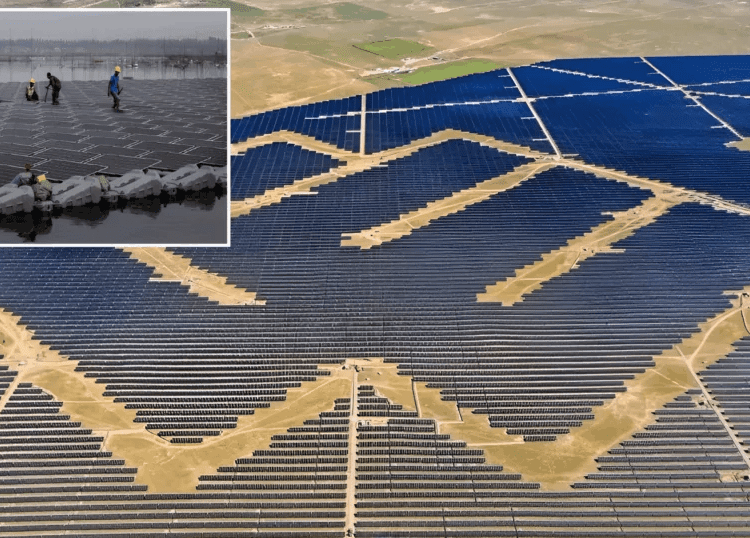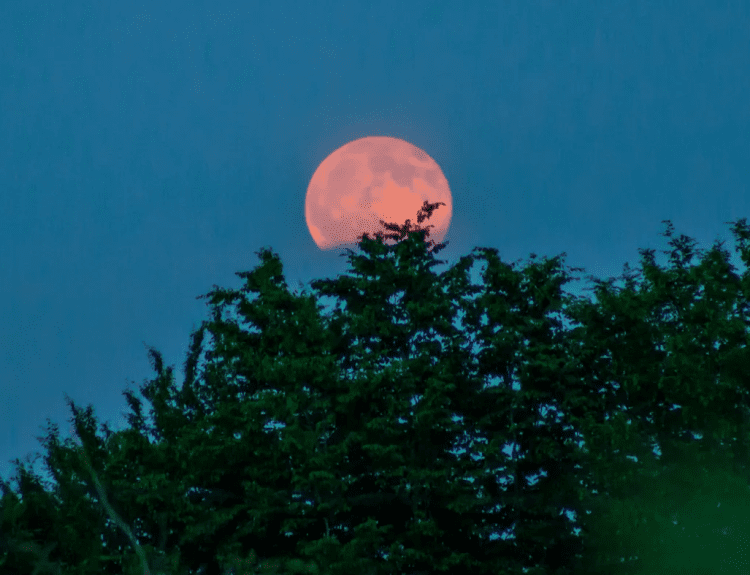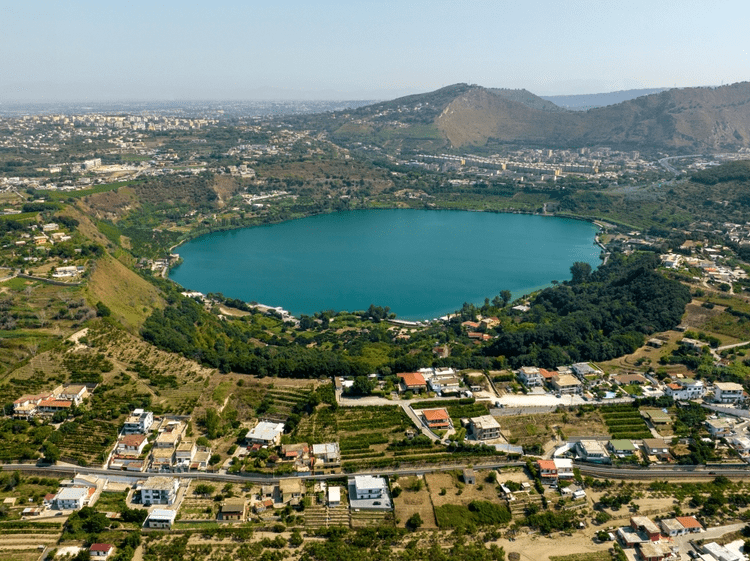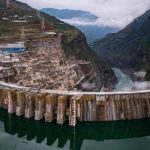Humans have long sought ways to measure the world we live in. Having systems of measurement, and of units, helps us understand ourselves and our surroundings. This is true whether we’re building, buying and selling, or adopting theories of fundamental physics.
When we measure something, we’re essentially comparing the thing being measured against a standard benchmark. It’s therefore crucial that the bench on which we’ve made our notional mark is stable and not liable to change.
Time is generally measured in relation to frequency and our current benchmark for it comes from atomic clocks.
If we have something oscillating, say a pendulum, we define a benchmark time as the interval in which a particular number of oscillations occur. If something oscillates with a frequency of one hertz (Hz), then the time taken for one oscillation is one second.
Atomic clocks exploit the fact that the electrons inside an atom exist in very definite energy levels. If an electron jumps between two energy levels, it emits or absorbs a very precise and predictable amount of energy in the form of a photon – a quantum of light.
Frequency and energy are related in quantum mechanics: a photon is a quantum light wave that has an exact frequency associated with it. In a caesium atom, the frequency of light emitted in one atomic transition between two energy levels is always exactly 9,192,631,770Hz.
This consistent frequency is used to define what a second is: one second is the time it takes for 9,192,631,770 waves of light from a caesium transition to arrive at a detector.
By observing how many electrons jump up and down between these energy levels, a laser can be tuned to exactly this frequency, and the frequency of the laser can then be used to measure time.
Why go nuclear?
An atomic clock only works to the extent that the energy levels inside the atom are fixed and stable. An atom’s environment can influence its internal structure, however, and this changes the energy levels of the electrons and distorts the measurement.
Stray electrical and magnetic fields – which are essentially everywhere, even with shielding measures in place – can do this. This sets the current limit on the precision of atomic clocks.
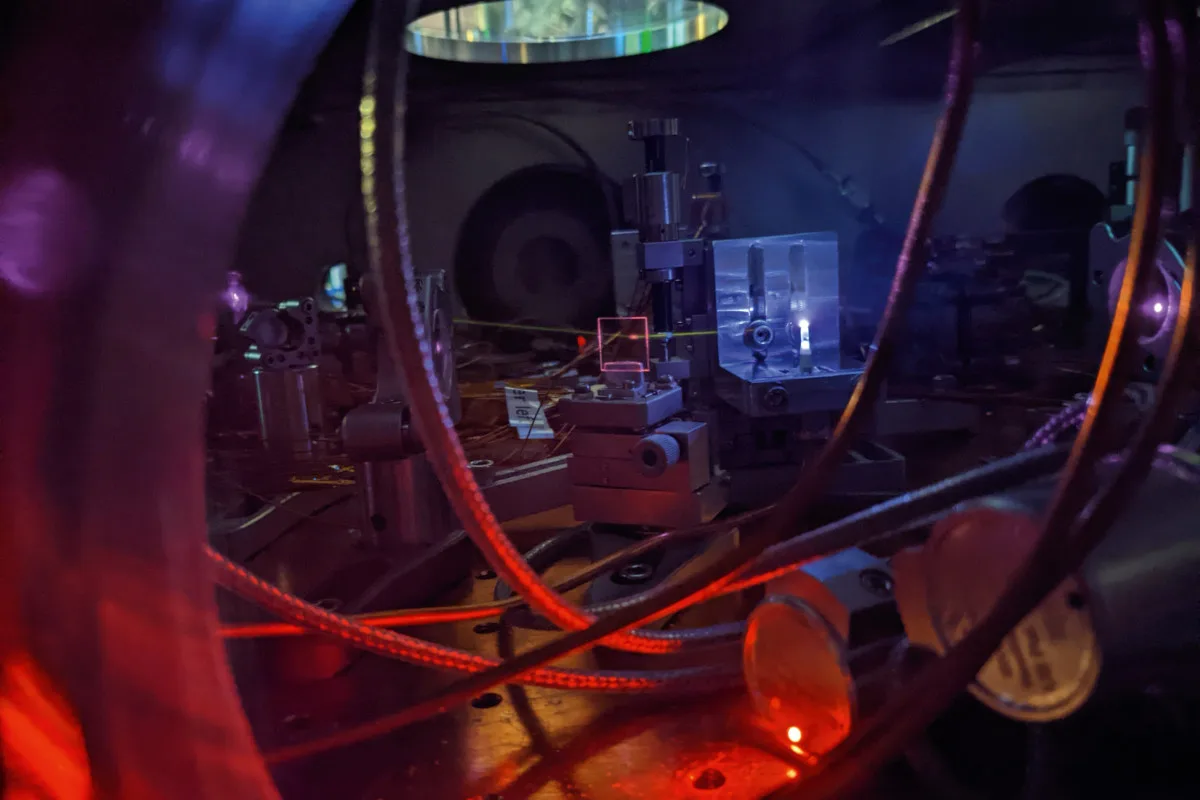
This limitation is the reason people have long been interested in building a nuclear, rather than atomic, clock and why some recent results using a rare isotope, thorium-229, have caused a stir.
Compared to an entire atom, the nucleus is tiny – about 100,000 times smaller than the electron cloud surrounding it. This makes it much less susceptible to stray electromagnetic fields.
So, the thinking goes, if you could make the protons or neutrons in the nucleus jump between energy levels, instead of the electrons around them, you could make an even more stable measurement of frequency, and therefore time.
This is an excellent plan in theory. The problem in practice is that energy transitions inside a nucleus are generally thousands of times greater than the transitions electrons make within atoms. This is why nuclear explosions are so much more powerful than chemical ones.
The forces holding the nucleus together are significantly stronger than those binding electrons to it. That means the frequencies of nuclear transitions are much higher and we simply can’t make lasers that operate in that range.
Read more:
Enter thorium
That’s where the oddball nuclear isotope thorium-229 comes in. Thorium is the element with an atomic number of 90 (its nucleus contains 90 protons). Different isotopes have different numbers of neutrons nestled in with the protons and naturally occurring thorium is nearly always thorium-232, which has 142 of them.
Thorium-229, though, has only 139 neutrons and it decays after about 8,000 years, so if you want some of that, you have to make it in a nuclear reactor.
The special thing about thorium-229 is that its nucleus has two energy levels that are really close together. The energy gap between them is so small that it corresponds to frequencies in the range where we do have lasers.
This makes it a real outlier – no other known nucleus comes close. And this is what makes it the best candidate for creating a nuclear clock.

Evidence for the existence of this transition was first found in 1976, but it was only in 2023 that the emission of the photons associated with it was measured. And it was only in 2024 that physicists managed to make the nucleus jump between these two energy levels using a tuneable table-top laser – a key step towards actually making the first real nuclear clock.
This means we could, before too long, have a way to measure time that’s actually more precise than the benchmark we’ve used for decades.
This awkward truth has already rocked the world of time: newer atomic clocks are much more stable than the caesium clocks used in our current definition of a second. But a nuclear clock would blow them all out of the water in terms of producing precise measurements of time.
Fundamentally important
Such a clock would give us a more consistent and accurate sense of time. The principal applications of hyper-accurate time-keeping at present are in navigation, positioning and global communications. But a nuclear clock would also have ground-breaking advantages in helping us decide on the best theory of fundamental physics.
Accurate time measurement has already played a key role in helping us understand the fundamental physics of the Universe.
Perhaps most significantly, Einstein’s theories of Special Relativity and General Relativity predict that clocks run differently depending on the relative speeds at which they’re travelling, and upon the gravitational field in which they’re positioned.
This sounds counterintuitive; we tend to think of time as ticking away the same for everyone and everything in the Universe, regardless of whatever else might be going on.
But experiments have shown that when a very accurate clock is taken out of the laboratory, accelerated to high speed – for example to around 500mph (approx 800km/h) aboard a passenger jet – then brought back to rest, less time has passed for it compared to a clock that was left alone in the lab.

This is essentially the ‘twin paradox’ – a twin who flies off into space at a very high speed (say, 10 per cent of the speed of light) and then returns to Earth will be younger than their sibling who stayed home.
And the effect has been well-measured at speeds much lower than those of the hypothetical space-faring siblings.
Likewise, clocks are now so accurate that they even measure significantly different times depending on their height above Earth. This is because the gravitational field of Earth gets weaker the further you get from its core.
Astonishingly, due to General Relativity, the measurement of time is already sensitive to differences in height of just a few centimetres.
All these effects are well established and essential for technology such as the Global Positioning System (GPS) to exist, given the important role played by the height and speed of the satellites involved. And the more accurate the clock, the more accurately we can test relativity as a theory of how the Universe works.
Exploring dark matter
Accurate clocks are also sensitive to certain types of dark matter. Dark matter is hypothesised to explain astrophysical observations, such as the rotational velocities of galaxies and the distribution of matter and radiation in the Universe.
To explain these observations, either the Universe must be dominated by dark matter, which interacts with normal matter via gravity, or our understanding of gravity is badly, and mysteriously, wrong in ways we’ve been unable to consistently formulate.
We can deduce the required density of dark matter and we can tell that it must be slow-moving, but whether it’s made up of heavy particles – such as those searched for at the Large Hadron Collider at CERN in Switzerland – or very low-mass particles, we can’t tell.
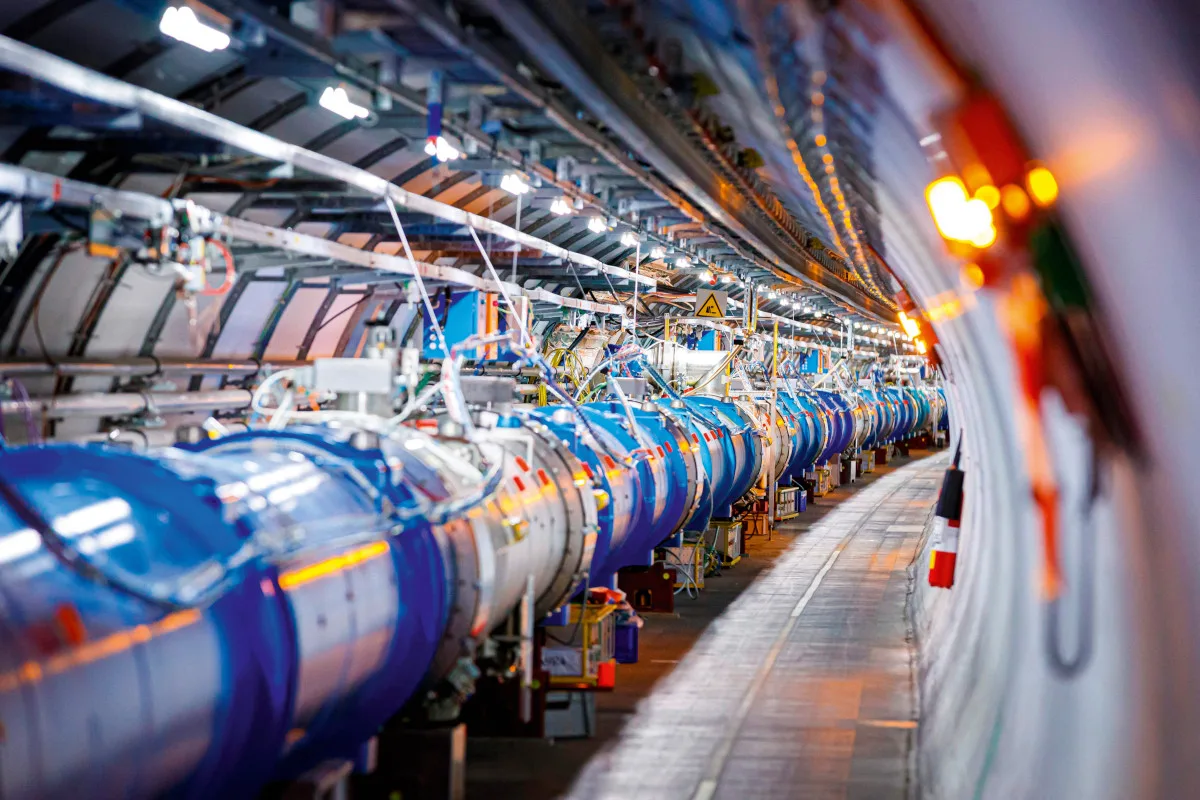
If it is made up of slow-moving, low-mass particles, these would take the form of an oscillating background energy field in which our clocks are operating. If there’s even a tiny electromagnetic interaction between dark matter and normal matter, these oscillations can affect the energy levels, and thus the time measurements, of clocks.
To detect this, you have to compare different clocks and hope that the effects don’t cancel out, so the differences can be measured. A nuclear clock would provide the most precise benchmark for such a measurement.
A nuclear clock would also bring qualitatively new tests, however.
The energy of the important transition in thorium-229 is so low because of the interplay between two of the fundamental forces of nature. Electromagnetism tries to push the positively charged protons in the nucleus away from each other, but is overridden by the strong nuclear force, described by quantum chromodynamics (QCD), which operates between the quarks inside both protons and neutrons.
In this thorium-229 transition, a rearrangement of the protons and neutrons takes place in which huge changes in the strong force between them are almost cancelled out by similarly huge changes in the electromagnetic force. This results in a small net difference between the two energy levels.
This is in contrast to atomic clocks, where QCD plays no role and only electromagnetism is relevant.
Because of this delicate balance between two different fundamental forces, a thorium-229 nuclear clock would be very sensitive to anything that affects the two forces in different ways. This means that if dark matter interacts with quarks differently from electrons, the sensitivity to its presence would be further enhanced.
There’s also the possibility that the fundamental constants of nature evolve slowly over time. A nuclear clock should be exquisitely sensitive to relative changes in the strength of the strong and electromagnetic forces.
What next?
The next step, having made thorium-229 dance with a laser, is to engineer this into a robust and usable clock, so the laser can be tuned and stabilised to the frequency corresponding to the nuclear transition energy.
This will probably involve storing large numbers of thorium atoms and cooling them with lasers, as is done with atomic clocks. Because external electromagnetic fields have so little impact on the nuclear transition energy, there’s also the unique possibility of embedding thorium in a transparent crystal and building a solid-state nuclear clock.
Either or both of these steps will be challenging, but there seems to be no reason in principle why they can’t be achieved.
Such a clock would immediately allow us to define and measure time to an unprecedentedly higher precision.
Working out what these measurements mean for fundamental physics will also require some very challenging calculations, which, unlike atomic clocks, would have to take into account the influence of the strong interaction as well as electromagnetism.
Precisely because QCD is so strong, this is even more difficult than the already tricky calculations needed to predict the behaviour of the electrons in atomic clocks. Nevertheless, it’s a challenge that’ll be relished, and there’s already a concerted and ongoing effort to improve our ability to make predictions using QCD.
Altogether, these advances mean that before very long, we should not only know what time it is and where we are more precisely than ever before, but also what kind of Universe we live in.
Read more:




